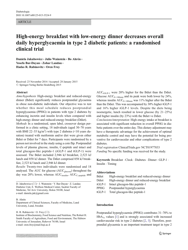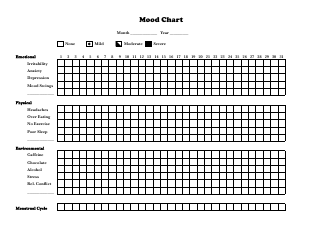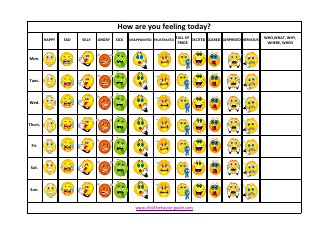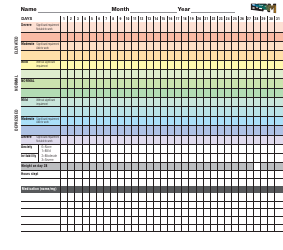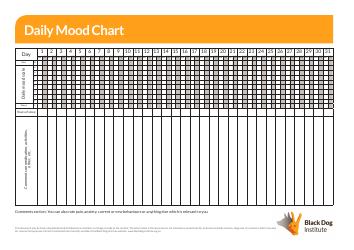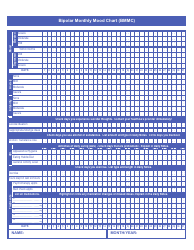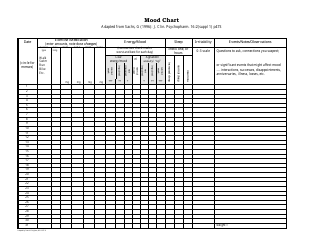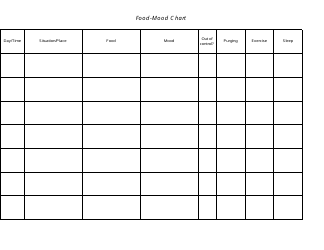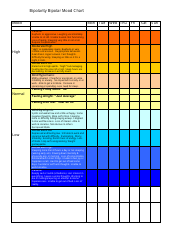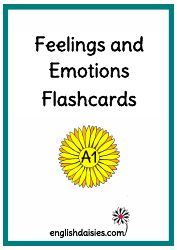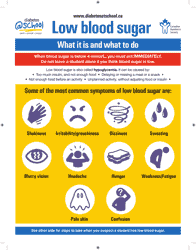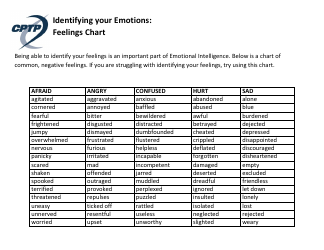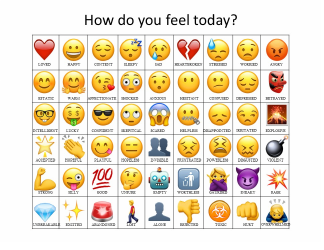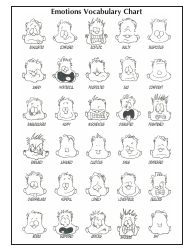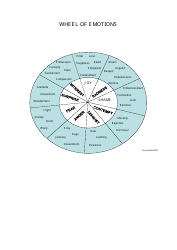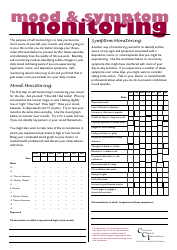Mood Chart - High and Low Energy Symptoms
A Mood Chart - High and Low Energy Symptoms is used to track and monitor changes in mood and energy levels over time. It is often used in the management of mood disorders such as bipolar disorder, where individuals experience both periods of high energy (mania) and low energy (depression). The chart helps individuals and their healthcare providers to identify patterns and triggers, make treatment decisions, and monitor the effectiveness of interventions.
The mood chart, specifically for tracking high and low energy symptoms, is typically filled out by individuals themselves.
FAQ
Q: What is a mood chart?
A: A mood chart is a tool used to track and monitor mood fluctuations.
Q: What are high energy symptoms?
A: High energy symptoms can include increased productivity, racing thoughts, and difficulty sleeping.
Q: What are low energy symptoms?
A: Low energy symptoms can include fatigue, lack of motivation, and difficulty concentrating.
Q: Why is it important to track high and low energy symptoms?
A: Tracking high and low energy symptoms can help identify patterns and triggers, and aid in managing mental health conditions.
Q: How can a mood chart be helpful?
A: A mood chart can provide valuable information to healthcare professionals, facilitate communication with support networks, and promote self-awareness.





